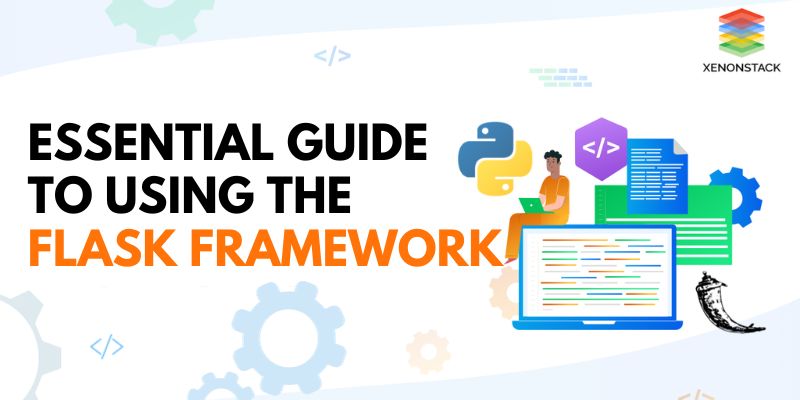
Flask is a popular micro services web framework written in Python. It is designed to be lightweight for developers, flexible, and simple to use, making it a popular choice for building web applications. In this blog, we will talk about the Essential Guide to Using the Flask Framework, including routing and forms, to help you get started with building your own web applications. To know more about Flask, You can go for Flask Training in Chennai and build a robust skill-set working with the most powerful tools and technologies to boost your skills.
Flask Routing
The technique of mapping URLs to specific functionalities in your web application is known as routing. In Flask, routing is handled using the @app.route() decorator. This decorator takes in a URL as an argument and maps it to a specific function. For example, if you want to map the URL /home to a function called home_page, you would use the following code:
@app.route(‘/home’) def home_page(): return ‘Welcome to the home page!’
You can also use variable rules in your URLs to make them more dynamic. For example, if you want to pass in a user’s name as part of the URL, you can use the syntax. This variable will then be passed as an argument to the corresponding function. Here’s an example:
@app.route(‘/user/’) def user_profile(username): return f’Welcome to {username}’s profile!’
Flask Forms
Forms are an essential component of every online application because they allow users to submit data and interact with it. In Flask, forms are handled using the FlaskForm class from the flask_wtf module. This class allows you to define fields for your form and add validation rules to ensure that the data entered by the user is valid.
To create a form, you first need to define a class that inherits from FlaskForm. Inside this class, you can define fields using the StringField, IntegerField, or other field types provided by the wtforms library. You can also add validation rules using the validators argument. FITA Academy’s Flask Course Online will help you learn effectively and get a clear understanding of the concepts and curriculum. Here’s an example of a simple form with a username and password field:
from flask_wtf import FlaskForm from wtforms import , PasswordField, StringField, validators
class LoginForm(FlaskForm): username = StringField(‘Username’, validators=validators.DataRequired()) password = PasswordField(‘Password’, validators=validators.DataRequired())
Once you have defined your form, you can use it in your routes by passing it as an argument to the render_template() function. You can then access the form fields in your HTML template using the form object. For example, to display the username field, you would use {{ form.username }}.
Flask Extensions
Flask has a huge and active community, which has led to the development of many useful extensions for the framework. These extensions can help you add functionality to your web application without having to write all the code yourself. Some popular extensions include Flask-Login for user authentication, Flask-Mail for sending emails, and Flask-Admin for creating administrative interfaces.
To use an extension, you first need to install it using pip. You can then import it into your application and initialize it using the init_app() method. For example, to use Flask-Login, you would do the following:
from flask_login import LoginManager
login_manager = LoginManager()
def create_app(): app = Flask(name) login_manager.init_app(app) return app
Conclusion
Flask is a powerful and versatile framework for building web applications. By understanding the basics of routing, forms, and extensions, you can start creating your own web applications by joining Flask Training in Chennai will help you grasp the Flask concepts and learn real time applications with case studies and hands-on exercises.
